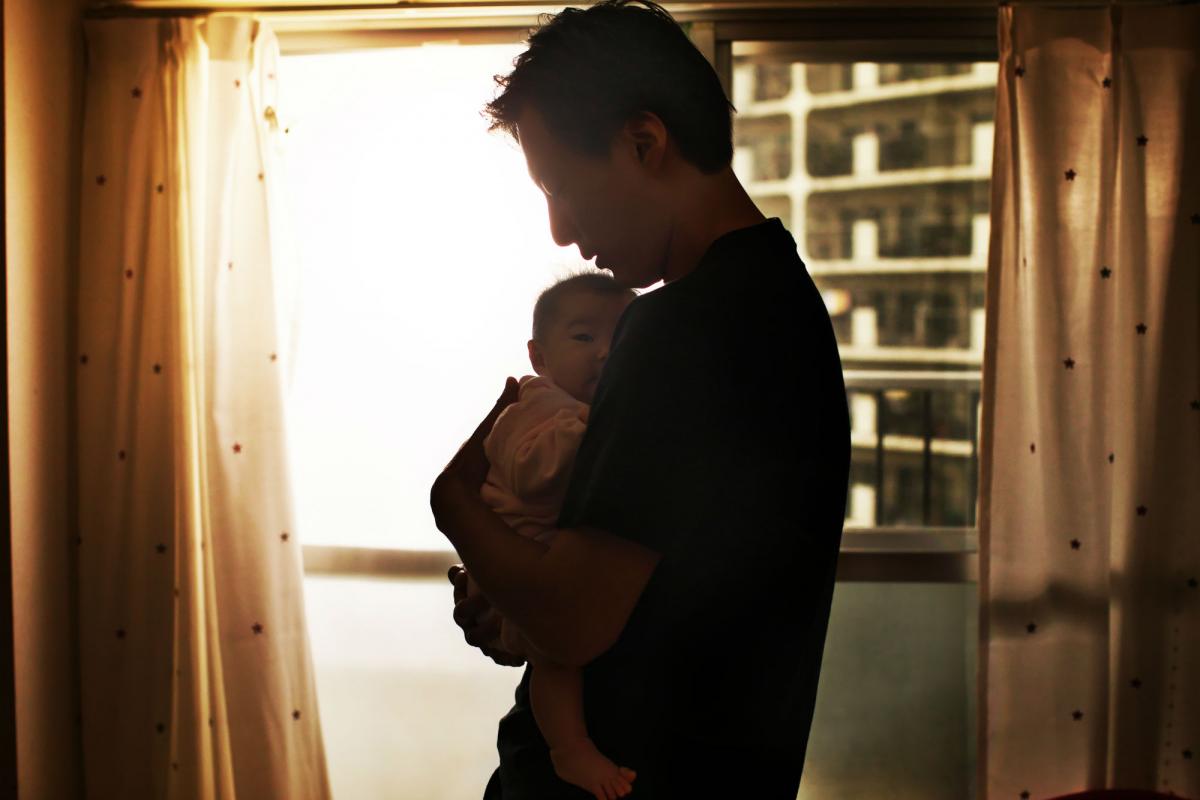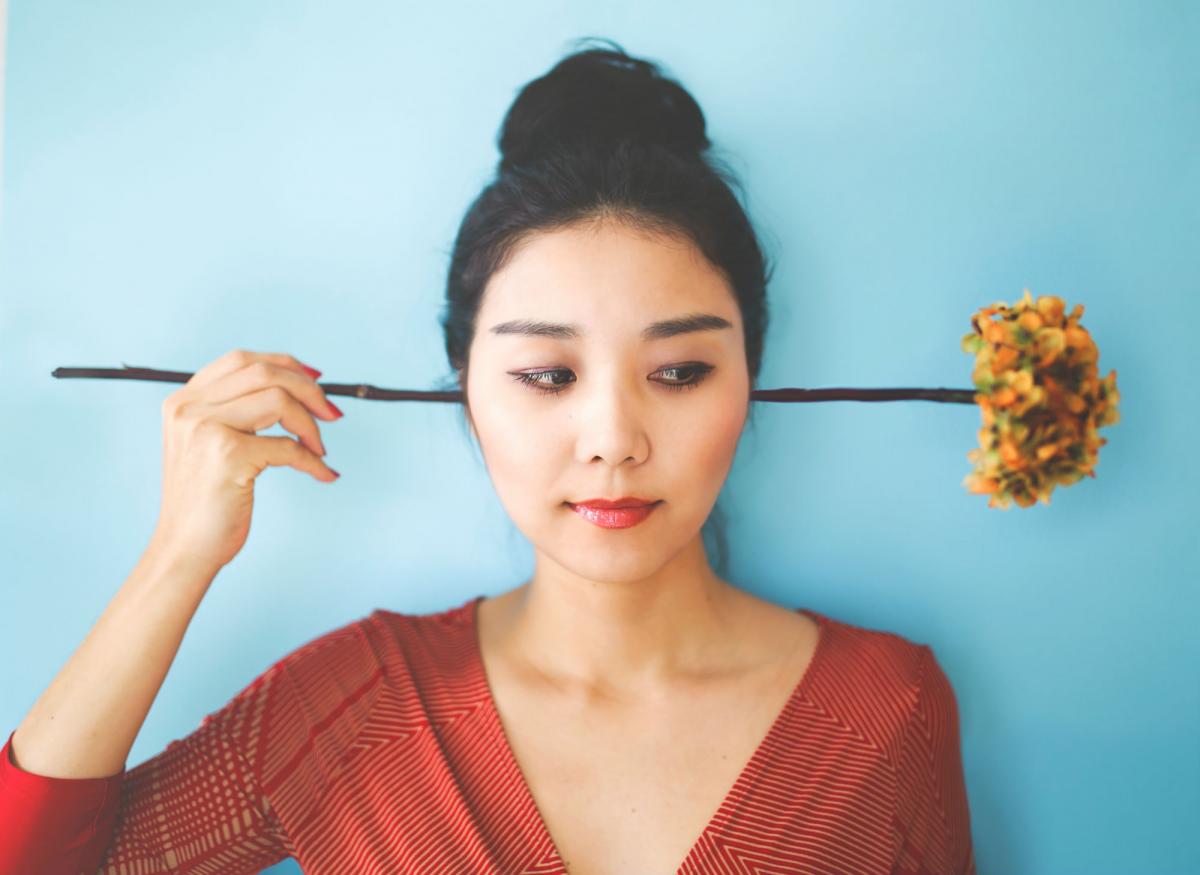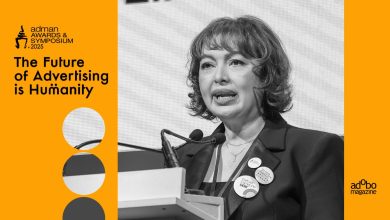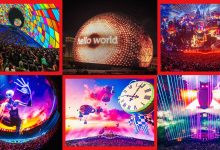- Pioneer of visual trend methodology over 20 years ago, Getty Images has revealed its annual forecast of the visual trends set to inform and influence visual communications globally
- Masculinity Undone, Second Renaissance and Conceptual Realism reflect the visual language consumers will be most responsive to this year
- Visual research shows the diverse community are looking for more positive, culturally rich visual narrative through the subversion of classic art techniques
- Newly released global search data reveals increased focus on multiculturalism, LGBTQ representation and mental health awareness
SYDNEY – Brands and the media will redefine modern masculinity this year– according to Getty Images’ 2018 Visual Trends, released today. ‘Masculinity Undone’ is one of three trends the world leader in visual communications has identified that will reshape the visual language consumers will be most responsive to this year, alongside ‘Second Renaissance’ and ‘Conceptual Realism’.
Based on Getty Images’ creative research by its visual experts and search and image data – one billion customer searches and 400 million downloads from its website each year – Getty Images’ ground-breaking visual forecast sets out macro and micro trends for the year ahead. The forecast acts as a guide for the media, advertisers, brands and businesses by reflecting on changes in the world and how they may develop over the coming 12 months.
Pioneering visual trends forecasting over 20 years ago, Getty Images’ past predictions have pre-empted visual movements across gender, social consciousness, design, technology, travel and more.
Getty Images’ 2018 Visual Trends in detail:
Masculinity Undone
While past years have rightly been spent addressing the portrayal of women in advertising and the media, there is a growing awareness that stereotypes for representing men are also extremely outdated. In Australia, the Advertising Standards Bureau condemns this, saying “Advertising or Marketing Communications shall not portray people or depict material in a way which discriminates against or vilifies a person or section of the community on account of race, ethnicity, nationality, gender, age, sexual preference, religion, disability, mental illness or political belief.”
Demographics and cultural changes are making the common one-dimensional notions of masculinity irrelevant and, in 2018, men will continue to be liberated from long-established visual stereotypes as we see more imagery embracing male emotion, vulnerability and complexity.
Getty Images’ data shows an increase of 53% in customer searches for ‘gay dads’, ‘Man meditation’ is up 126% and customer searches for ‘Single Father’ have increased by 60%.

Yoshiyoshi Hirokawa/Getty Images
Second Renaissance
With millions of people now carrying a high-quality lens in their pocket every day, it’s easier than ever to take pictures. In response, professional photographers are turning to art history to create more considered images that champion the idea of photographic craft.
Driven in large part by the diverse community who are looking for a more positive, culturally rich visual narrative through the subversion of classic art techniques, portraiture has begun to hark back to imagery from bygone eras – paying homage with subdued palettes and luxurious fabrics that resemble paintings.
Demand for this style of work is growing, with searches for ‘luxury abstract’ up 186% and ‘Vintage Portrait’ up 94%.

Second Renaissance: Campbell Addy/Getty Images
Conceptual Realism
A combination of evolving long-term visual trends, new technology and the public’s current scepticism to take things at their face value has spawned a new visual expression – ‘conceptual realism’. The emergence of social media has seen a significant rise in the demand for more ‘real’, authentic imagery. But, in a trend born in the art and fashion worlds, photographers are beginning to create more conceptual images executed in a realist style.
Attainability and relatability are key components when connecting with today’s consumer, but in 2018 we will see creators pushing to explore these themes in increasingly unexpected ways.
Searches for ‘unexpected concept’ were up 116%, while those for ‘reality’ were up 176%.

Conceptual Realism: Yuri Figuenick/Getty Images
Global issues highlighted in image search data
Searches for ‘diversity and inclusion’ – terms that transcend Masculinity Undone and Second Renaissance – are up an impressive 917%, and those for ‘LGBTQ’ are up an equally positive 809%. Brands and businesses are also acknowledging the need for better visual representation of our diverse communities with searches for ‘Multi-ethnic family’ up 385% and ‘Cultural Diversity’ up 252%.
More worryingly, searches for images depicting stress and anxiety – especially in men – have seen a significant increase. ‘Teen suicide’ is up by 429%, ‘emotional stress’ by 263% and ‘emotional abuse’ by 110%, with ‘man stressed’ up 105%, ‘Depression Man’ up 31% and ‘man looking worried’ up 100%.
Encouragingly, the search data also suggests an increased global focus on mental wellness, with those for ‘mental health’ up by 174% and ‘mental health awareness’ up by 258%.
Andy Saunders, Senior Vice President of Creative Content, Getty Images, said: “When imagery is everywhere it’s sometimes easy to forget how pictures can really move us emotionally and psychologically; how they can expand the limits of our world. It’s encouraging then that the visual trends we anticipate being important to brands and businesses in 2018 behold a sense of optimism: a vision of change, of new heroes and unrelenting creativity. For many people who were previously invisible, whose faces or bodies weren’t included in the mainstream media, this is important. These are small steps in making a more culturally rich and interesting world. But small steps can make a big picture.”
Getty Images’ Visual Trends for 2018 have been released as part of the company’s annual creative guidebook, Creative In Focus. Along with more in-depth analysis of the visual trends, the publication features a deep dive into search data from regions around the world.
Creative In Focus also highlights talented image-makers around the globe and features photo essays which look at how crowd-sourced imagery and previous visual trends have evolved across time. It is available to view free of charge online here.








